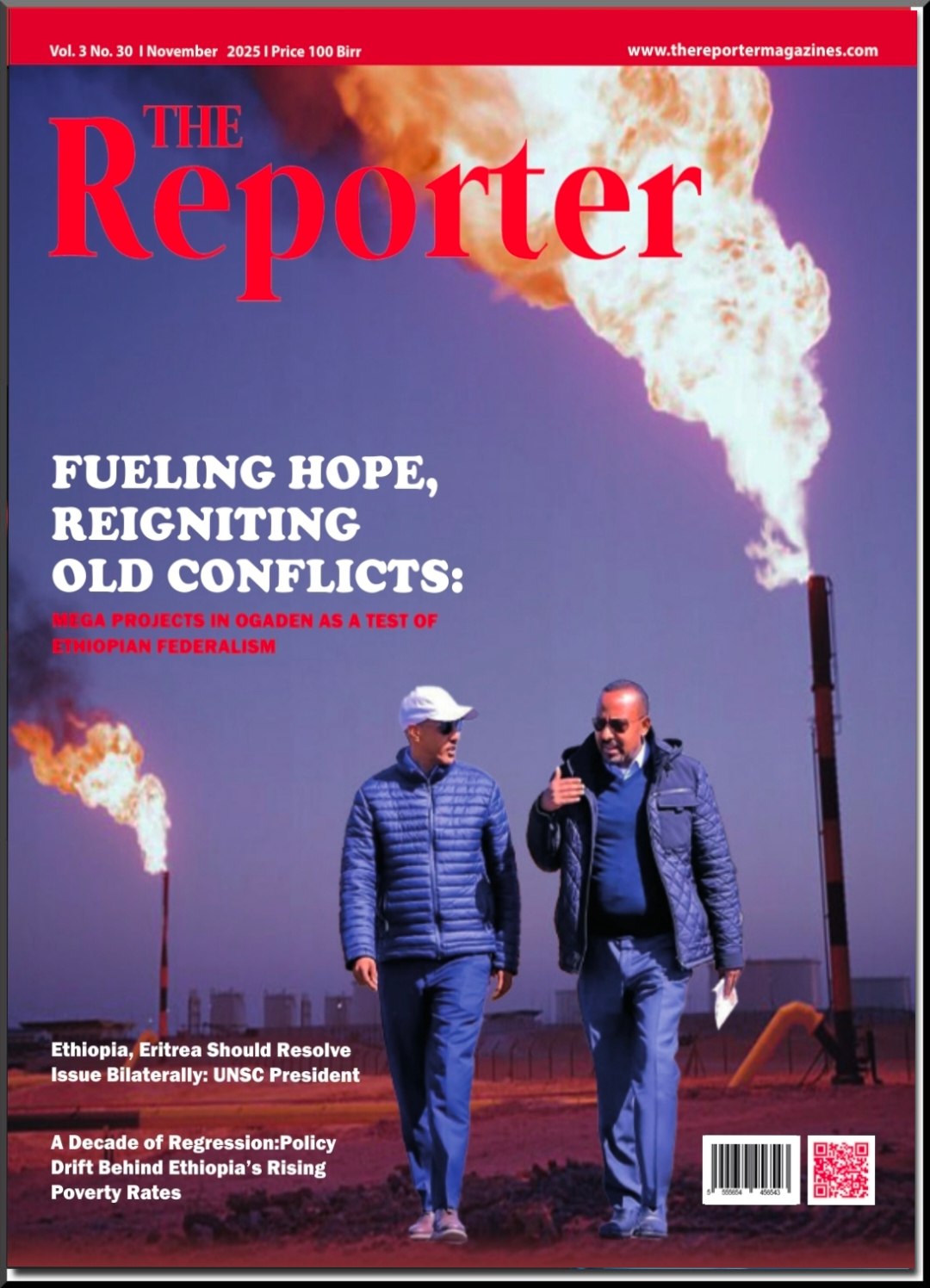Addis Ababa hosted the second Africa Climate Summit (ACS2) this week, drawing continental leaders, international agencies, researchers, financiers, and activists. The conversations were lively and wide- ranging: climate finance, food systems, adaptation strategies, and nature-based solutions all received serious attention. Technical panels, youth pavilions, and investor roundtables buzzed with energy and promise.
Yet one critical voice was missing: the media.
Too often, journalists are treated as observers – tasked with taking notes, recording quotes, and filing stories. ACS2 was no exception. The official agenda was rich with technical and political sessions,
from high-level dialogues to investor roundtables. But nowhere was there a dedicated space to equip, innovate with, and strategize alongside the very actors responsible for shaping public understanding.
Yes, media practitioners were present to cover speeches and provide live updates. But their role was confined to documentation, not recognized as active participation in shaping Africa’s climate agenda. That omission is a missed opportunity – not only for journalists, but for the continent as a whole.
Why Media Matters in Climate Action
Excluding the media from climate strategy has real consequences. While leaders debated the
intricacies of carbon markets inside the summit halls, social media outside was likely crammed with false or misleading content confusing people about climate science and solutions.
Without trusted media to unpack these issues in clear, relatable terms, most designed policies will struggle. Public trust will remain low, community buy-in will lag, and the grassroots momentum needed for meaningful climate action simply will not materialize.
Beyond Reporting: Media as Climate Actors
Across Africa, journalists are already on the front lines, covering floods and droughts, reporting on land degradation, and breaking down complex policy frameworks for rural audiences. Yet most work in underfunded newsrooms with limited training, technical support, or editorial resources. Their contributions are vital, but their potential as true climate actors remains underdeveloped.
ACS2 included a pre-summit media session. While welcome, such forums often function more as one-way briefings than as collaborative spaces. What was missing during the summit itself was a platform that treated media not only as recorders of the conversation, but as partners in shaping it.
Imagine if the summit had featured a Climate Story Lab where journalists, editors, filmmakers, and local storytellers worked with scientists and policymakers to transform complex data into compelling, human- centered narratives that resonate with diverse African audiences. A Misinformation & Disinformation Clinic: tackling the growing wave of climate falsehoods online, with fact-checkers, cybersecurity experts, and media innovators training journalists to identify, debunk, and counter misleading narratives. And a Media–Policy Innovation Roundtable: moving beyond press interviews to structured dialogue, aligning negotiators, donors, and media actors on transparency, messaging, and long-term public engagement.
Such sessions would elevate media engagement from a transactional role – merely providing coverage to– a transformational one: helping to build informed, engaged, and resilient communities.
ACS3 must embrace: a dedicated space for media to innovate, collaborate, and lead. Climate change is not only a scientific or political challenge. It is also a communications emergency. Unless the media is empowered to tell Africa’s climate story with accuracy, creativity, and authority, the continent risks leaving its most powerful tool for public trust and collective action unused.
Because whoever tells the story of Africa’s climate future will shape how it unfolds.
Elham Ali, Media Development Practitioner, Ethiopia
Contributed by Elham Ali





